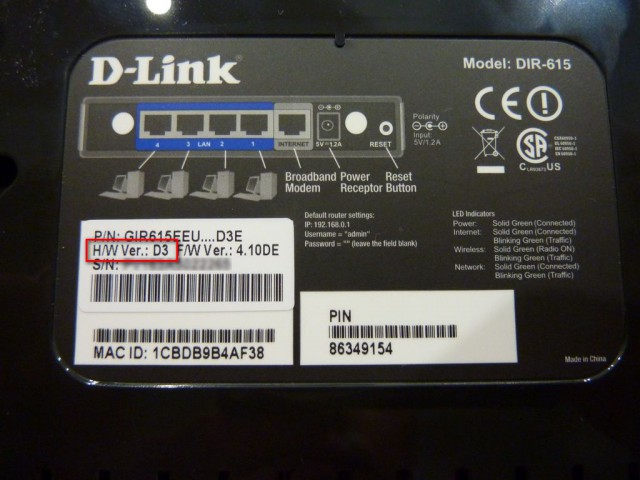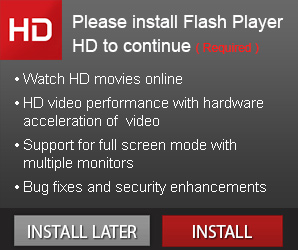Secure Your Wi Fi Router Like A Pro! - macgitwin/WebSecurity GitHub Wiki
Below are easy to follow security tips for using Wi-Fi Router so your private network can be safe from those unauthorized accesses like hackers even your neighbors.
- Default account & password: Please be kindly educated that almost all Wi-Fi routers are sharing one ID and password. Example, you can read the sensitive info on the bottom of your device. See the following image for future reference. Possible worse yet this makes invading one's networking for some advanced coders as simple as 1-2-3, if you don't change them in time or, set up an easy-to-remember YET strong password: avoid using ONE password for multiple websites, as there's an known term "Russian Roulette"; avoid using "dictionary words"; avoid writing down your access then sharing with others; avoid using a common "pass phrase" like "This is my channel WebSecurity at GitHub"; avoid using one password for months even for years.

- Default administrative URL (e.g., 192.168.1.1). Changing the standard "web address" or can enhance your online security. For instance, you can modify the admin URL path (aka, "Admin routing") manually this way: 192.168.1.1 > 192.168.2.1 or 192.168.1.1:279.
- Change Default SSID Name. Usually, The value or name is the vendor's company name or brand, such as Verizon. Changing such an item has been known as an important measure to stop sharing your internet connection even personal information with undesired individuals even orgs.

- Broadcast or stop sharing your SSID? At least, you should build up another line of defense for your local networking by enabling a more secure "Security Mode" (e.g., WPA - PSK). This typically allows you to stop unwanted personals from using or "sharing" your ISP without permissions.

- MAC Filtering. Enabling this additional security settings also allows you to manage your local networking efficiently.


(Credit: DLink.cc)
Additional security measures for your internet security:
- Turn off your device in time.
- Beware of Trojan Horses - which have been known as the biggest threats to personal web security. In order to get yourself started the proactive way, perform these actions: 1) always keep your operating system and antivirus program like Windows Defender up-to-date. Or, simply, you should get the most out of Google's VirusTotal, ensuring that you're protected from internet greyware, riskware, drive-bys ( * downware or bloatware powered setup files) and such. More, this article contains almost everything that helps secure your desktop, browser settings (e.g., homepage), programs list; 2) always scan your downloads before running or opening them directly; 3) test your application on a VMware Station if your machine meets the recommended system requirements; 4) perform the clean(est) install mode (aka, "Custom Install") if you are allowed to do so - try your best to avoid running junkware powered installation packages. 5) Uninstall and/or clean all your unused even unknown programs that have been installed or added to your Web tools in time - this will hugely help maintain the stability and performance of your personal computer without extra costs. 6) Beware of fakealerts like fake Adobe Flash Player or Java update pop-up.
